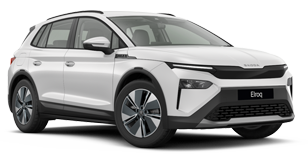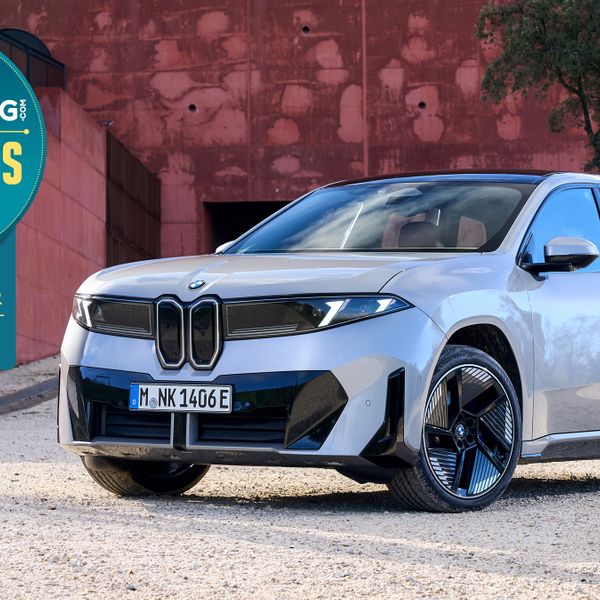Choosing a new car can be a bit of a minefield. You have to navigate cost, practicality, insurance… and that’s even before you start picking a colour or deciding the style of wheels or trim. You’re constantly trying to balance what you want, versus what you actually need.
Just as you start to get your head around all the terms, along come electrified vehicles with new acronyms and jargon which sound like words that wouldn’t be allowed in Scrabble.
But we are here to clear the air and help you make the right choice for you and the way you drive. We’ll start on how you make an informed choice between a BEV, a PHEV and an HEV.
These are three different ways of powering a car, with varying levels of electrification. To help us explain, MG’s range features all these types, with four fully electric cars, a Plug-in Hybrid and three hybrids. Here’s what they are all about.
Hybrid Electric Vehicle
Let’s start with a HEV, otherwise known as a hybrid electric vehicle. That means it has a conventional petrol engine, an electric motor and a small battery pack, which work together. When you press the brakes to slow down, the energy is recovered by turning the motor into a generator to top up the battery. The power is then used by an electric motor to boost the petrol engine when you are moving away from a stop or wanting a bit of extra acceleration. It’s like recycling, but for energy!
It makes the car feel livelier, but also means the motor can be tuned to be more efficient. Generally, a good hybrid will use 20% less fuel than an internal combustion engine. But this is not an electric car in the traditional sense as it never uses power from a plug - it’s a petrol which has been made more efficient through energy capture and electrification.
MG uses HEV powertrains in the MG3 Hybrid+, MG ZS Hybrid+ and MG HS Hybrid+.
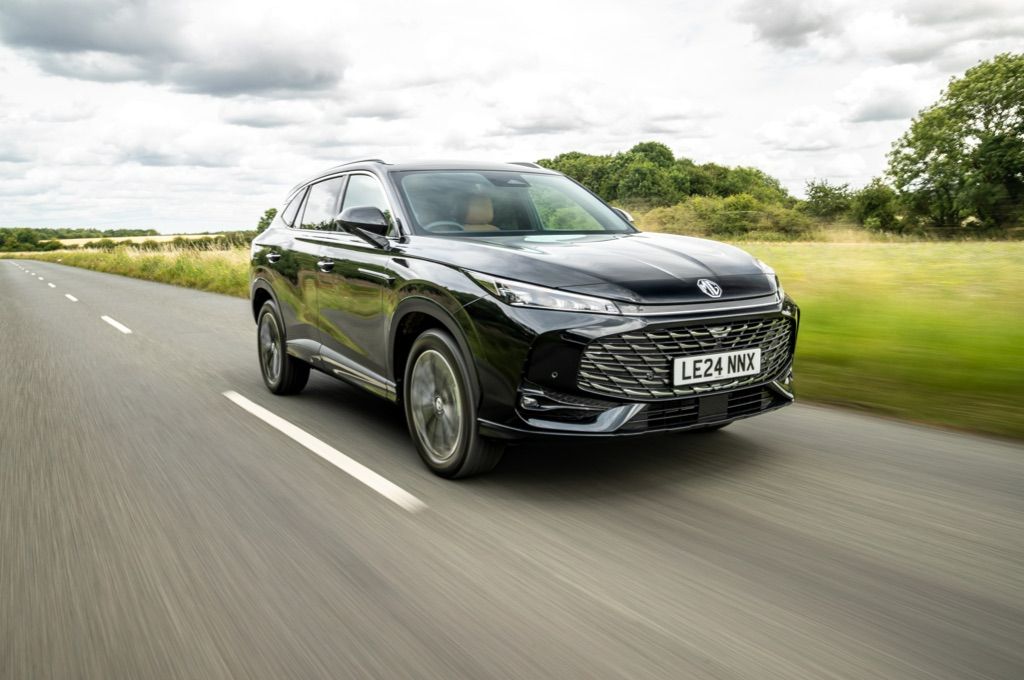
Plug-in Hybrid Electric Vehicle
A PHEV - or plug-in hybrid electric vehicle - has a larger battery than you’ll find in the HEV and in addition to capturing energy from braking it can be plugged into the grid to charge. That substitutes some of the miles you’d usually be using petrol with electric running, which makes it cheaper to run as electricity from a home charger costs less than fuel.
In the case of the new MG HS Plug-in Hybrid, it means you can run for up to 75 miles on pure electric. Most of us drive less than 20 miles a day, so that means you could do the bulk of your journeys in EV mode. And if you’re doing a longer trip then the car automatically switches to its petrol engine.
If you are a company car driver it is also more tax efficient – the MG HS Plug-in Hybrid* has a benefit-in-kind rate of just 6% in the 2025/26 tax year.
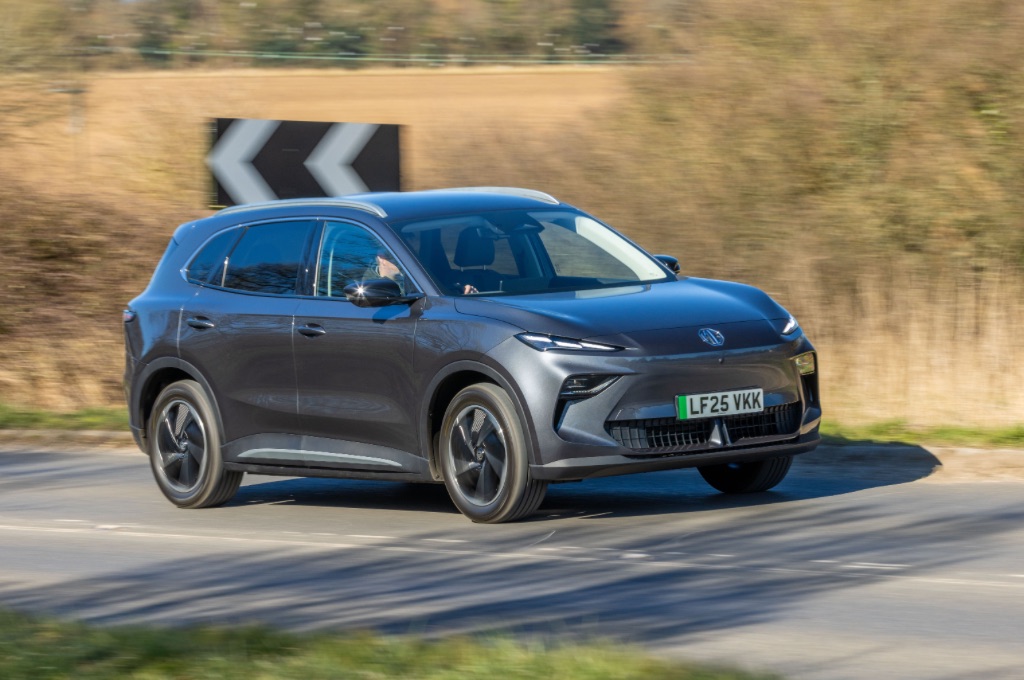
Battery Electric Vehicle
BEV stands for battery electric vehicle, which means there is no traditional engine at all. Instead, it has a big battery pack and electric motor, so you never have to fill up with fuel again. The electricity comes from a charging point at home, work or at a public charger. It produces no CO2 emissions whilst driving, is almost silent and can be as cheap as chips to run.
Plug it in overnight at home on a special electric car tariff and an MGS5 EV could do about 57 miles on a pound’s worth of electricity. That’s about a quarter of the cost of running a petrol or diesel.
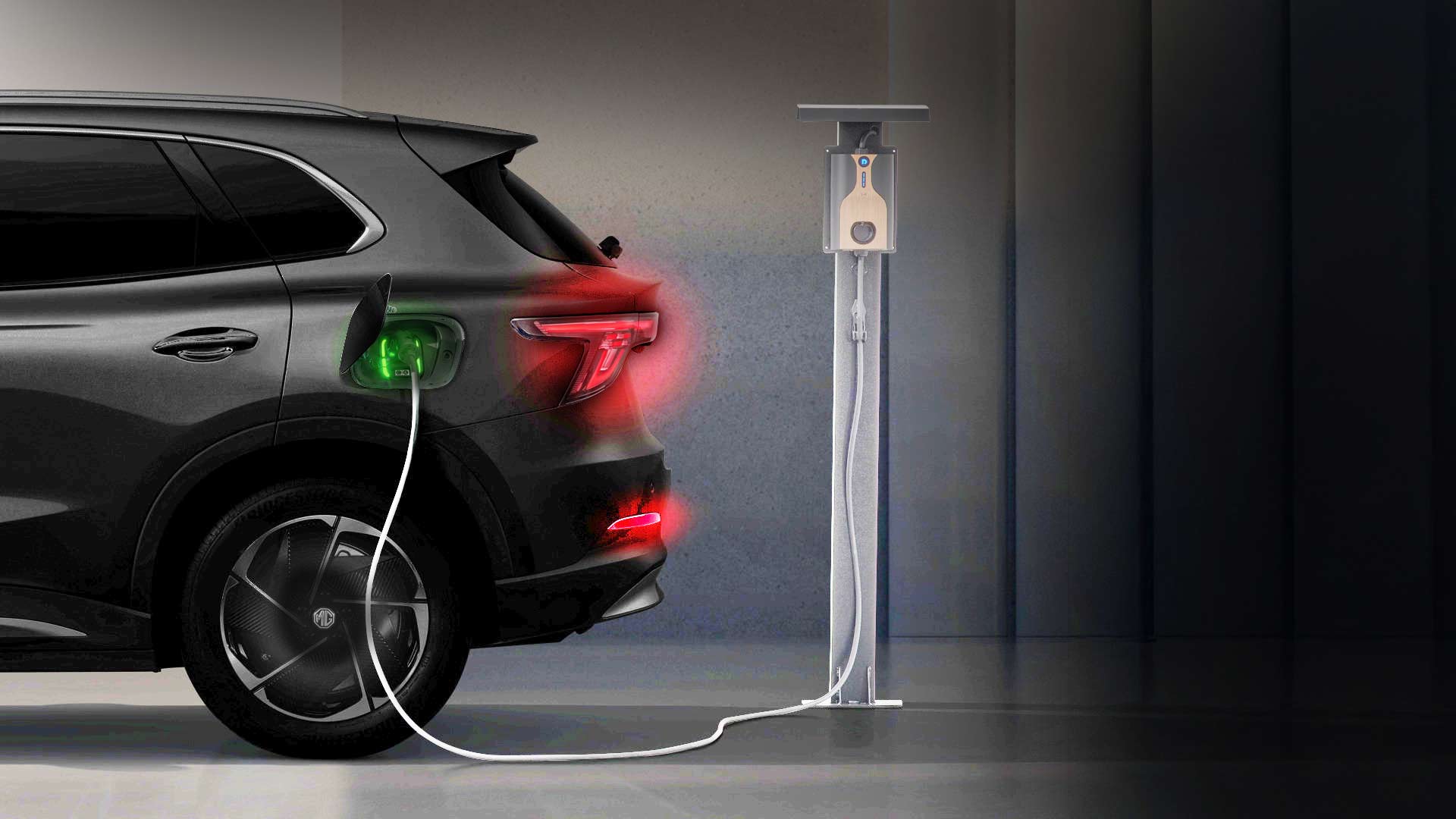
Which suits you?
There are pros and cons for each, so the best for you will depend on the type of journeys you do most often and if you have access to charge easily. You will also need to check if you can get incentives to go electric, such as company car or salary sacrifice tax benefits, or access to restricted zones in cities.
A hybrid will be little different to the cars you’re used to, except more efficient. And that’s pretty much it. You use it like a petrol or diesel car, can fill up as normal at a fuel station and never have to worry about charging, or range anxiety. If you do lots of long journeys to towns across the country, then a hybrid might work for you.
A PHEV is more expensive than a straight hybrid, but it can run for much greater distances on electric-only power. If you’re a business user, a PHEV can attract some serious Benefit-in-kind advantages, without ever having the practical issues of a pure electric car. It’s also as convenient as a hybrid, because if you can’t charge or are doing longer journeys, it just uses the engine. In a lot of ways, it’s the best of both worlds. However, you will have to plug it in more often than a BEV to get the cost benefits of charging at home.
A pure electric car is quiet, calm, and quick. If you are on a long journey the charging takes longer than visiting a petrol station, but if you have home charging, you wake up every morning to a full “tank”. Bear this in mind if you think a pure-electric car won’t work for you because you do a long trip a few times a year – the inconvenience of needing to stop for 30 minutes to rapid charge the battery is actually outweighed by the convenience of never having to visit a fuel station for the rest of the year.
And pure electric gets better tax incentives too, especially if you are a company car driver. It could save thousands every year.
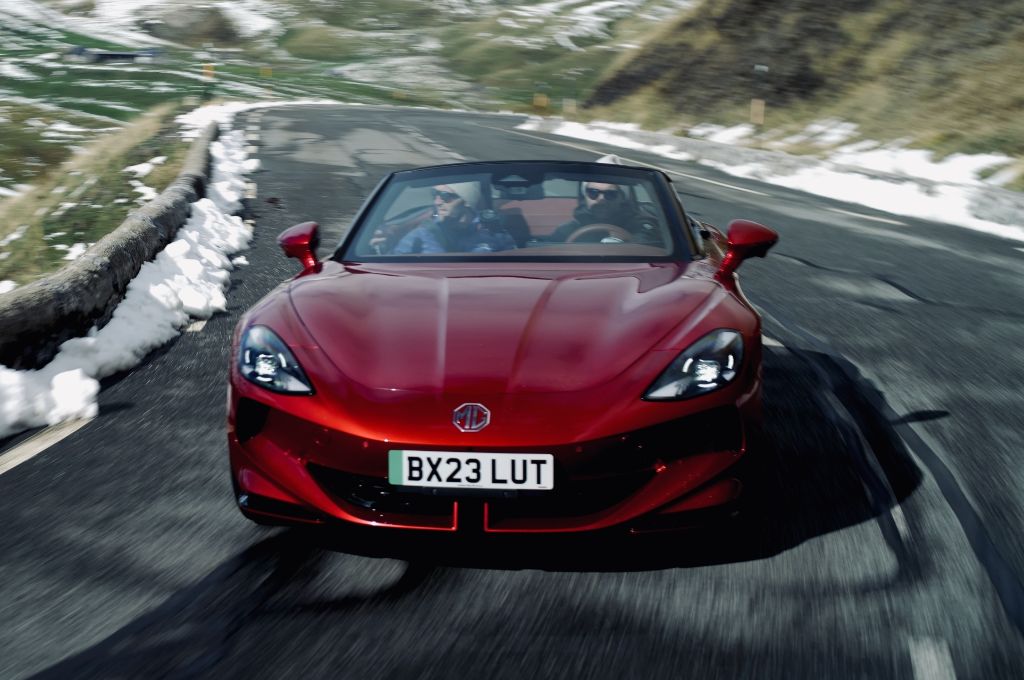
What about the cost?
One of the biggest issues with pure electric vehicles is that batteries are expensive, so pure electric cars are sometimes more costly than their traditional equivalents and the HEV. That’s not so obvious on MG’s BEV models like the MG4 EV and MGS5 EV, which cost the same or less than the petrol equivalents from rival manufacturers.
The MG ZS Hybrid+ has an official fuel consumption figure of 55.4 mpg, which is better than most small hatchbacks. With its 41-litre fuel tank, you could squeeze almost 500 miles between stops. If you do longer journeys all the time, it means you won’t be worrying about charging.
The PHEV is a good compromise, combining the convenience of a traditional car with some of the capability of a pure electric. If you plug one in regularly, you can seriously improve your efficiency and lower your costs without compromising convenience.
But as charging gets both faster and more convenient - and charging stations are popping up everywhere now - a pure EV is better to drive and for air quality. Electric cars can be cheaper to run than petrol or diesel cars. Electricity from home is cheaper than fuel, especially if you are charging your electric car in off peak times using a special tariff.
So, ultimately, it’s up to you. Do the sums, analyse the driving you do and decide. Whichever way you go, there will be an MG for you.
*Range figures provided are calculated under test conditions. EV only driving range of 75 miles WLTP combined. These figures are for comparative purposes only and may not reflect real-life driving results. Actual range may vary depending on various factors such as weather conditions, driving styles, vehicle load, and accessories fitted post-registration.
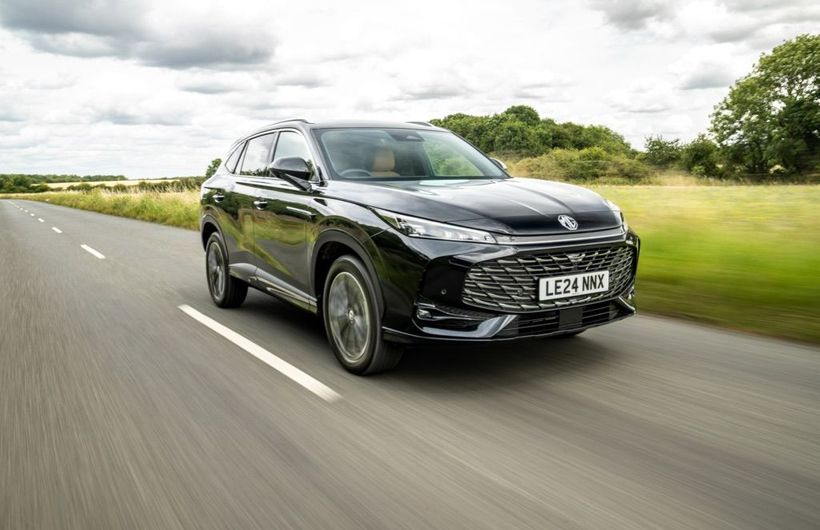 Would you like your MG as a full electric or plug-in hybrid?
Would you like your MG as a full electric or plug-in hybrid? 




